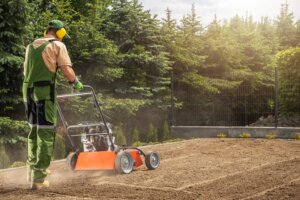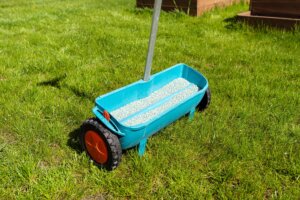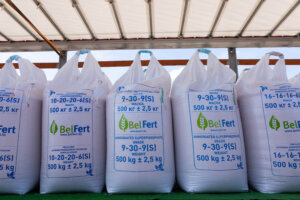In Pennsylvania, late fall fertilization often takes place in mid-November, with research from the Penn State Extension showing that a proper late fall application can reduce the need for early spring nitrogen and still promote healthy spring green-up. As you prepare your lawn for winter, knowing what fertilizer to use in fall is key to deeper roots, better disease resistance, and a stronger comeback in spring.
TL;DR: What You Need to Know
- Start in early fall with a slow-release nitrogen fertilizer like a 20-8-8 blend to rebuild summer-stressed turf.
- Switch to a phosphorus-heavy mix such as 13-25-12 in late fall to strengthen roots for winter.
- Run a soil test before fertilizing to pinpoint nutrient gaps.
- In Pennsylvania, the best time to fertilize is September through early November, depending on soil temperature.
These simple steps help your lawn stay healthy through winter and bounce back strong in spring.
Best Fall Lawn Fertilizers for Pennsylvania: What to Apply and When
The best fall lawn fertilizer depends on your soil’s nutrient balance and grass type. Here’s a quick comparison of the top fertilizer types recommended for Pennsylvania lawns:
| Fertilizer Type | Best Time to Apply | Key Benefits |
|---|---|---|
| 20-8-8 Blend | Early Fall | Boosts blade growth and helps turf recover from summer stress. |
| 13-25-12 Mix | Mid to Late Fall | High phosphorus promotes deeper roots and improves winter resilience. |
| Potassium-Rich (0-0-20) | Late Fall | Enhances frost tolerance, water retention, and overall disease resistance. |
For lawns with heavy foot traffic, use a controlled-release granular fertilizer for steady nutrient delivery. Those seeking sustainable options can try organic fertilizers like bone meal or compost-based lawn food to enrich soil health and soil structure naturally.
Essential Nutrients in Fall Fertilizer
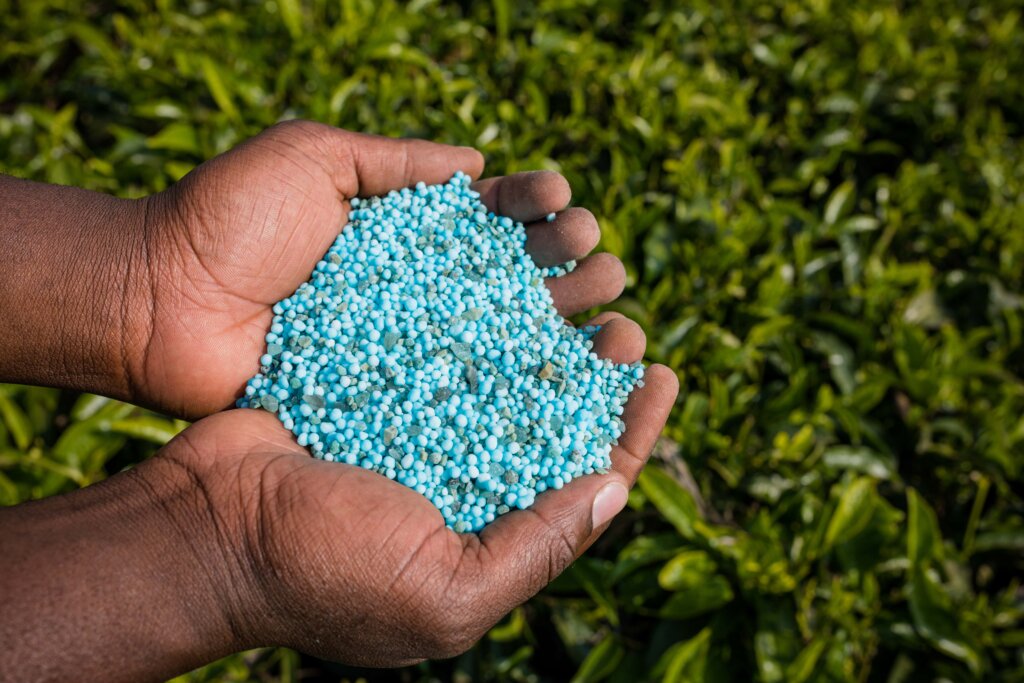
A balanced fall fertilizer should include:
- Nitrogen (N): Promotes green color and energy storage.
- Phosphorus (P): Supports strong root development and seed establishment.
- Potassium (K): Strengthens cell walls, improves disease resistance, and enhances water retention during the winter months.
When applied correctly, these nutrients deliver energy your lawn can use to survive the cold and thrive once the spring growing season returns.
Fall Fertilizer Tips for Cool and Warm Season Grasses
Cool Season Grasses
These include Kentucky bluegrass, fescue, and perennial ryegrass, the most common across Pennsylvania. Fall feeding strengthens them ahead of winter and supports vibrant spring growth.
Warm Season Grasses
If you maintain warm-season grasses like Bermuda, fertilize earlier in the season (around September) before soil temperatures dip below 55°F. In most Pennsylvania lawns, cool-season types dominate, so late fertilization works best. For more details on timing and best practices, see our guide on When Is the Best Time to Fertilize Your Lawn?.
What Month Should I Put Down Fall Fertilizer?
In Pennsylvania, the ideal window to start fall fertilizing is early September through early November, depending on soil temperatures.
- Early Fall (September): Apply a slow-release nitrogen fertilizer to encourage steady grass growth and energy storage.
- Mid Fall (October): Transition to a balanced or phosphorus-rich mix to stimulate root growth.
- Late Fall (early November): Finish with a light feeding focused on root health, avoid too much nitrogen this late in the season.
Avoid fertilizing once the ground freezes or soil temperatures drop below 40°F, as nutrients won’t be absorbed effectively. For a detailed breakdown by season, check the full month-by-month schedule for PA lawns.
Why Fall Fertilization Matters for Pennsylvania Lawns
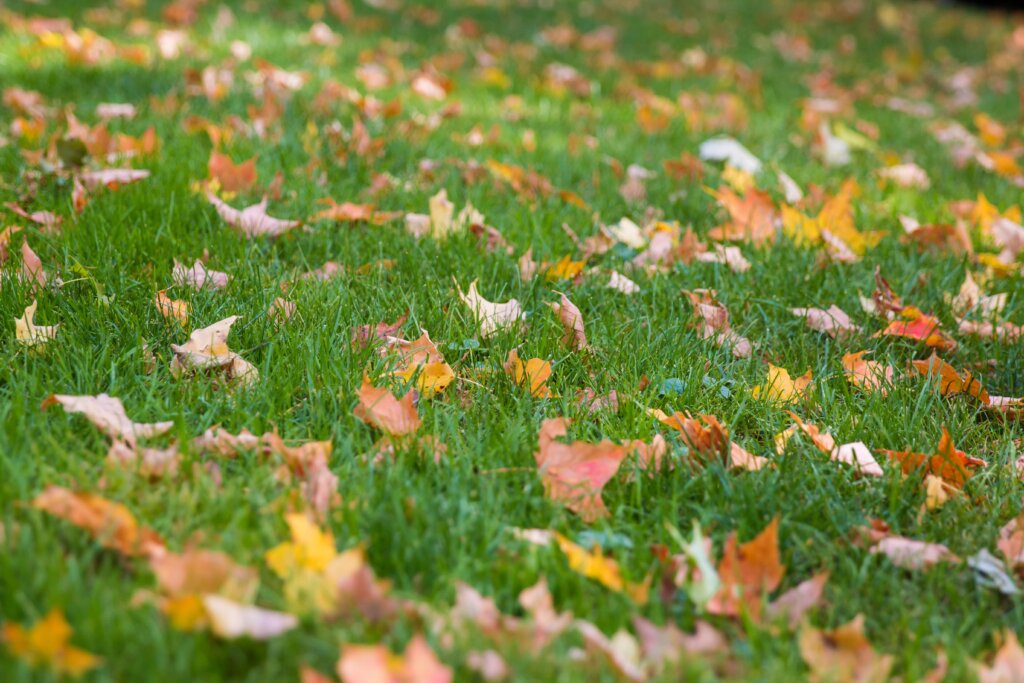
As temperatures cool in Collegeville and across Pennsylvania, your lawn begins preparing for winter dormancy. Fall fertilizing provides the nutrients cool-season grasses, like Kentucky bluegrass and perennial ryegrass, that need to develop strong roots and store energy before the cold weather sets in.
Fall fertilizer applications also improve disease resistance, enhance soil structure, and ensure a lush, green rebound during the spring growing season. If you live in areas like Montgomery, Chester, or Bucks County, see our full service area to find local lawn care support near you.
Fall Fertilizing Checklist for a Healthy Lawn
Successful fall fertilizing goes beyond picking the best fall lawn fertilizers; it’s about preparing your entire lawn for lasting health and disease resistance. Here’s a quick comparison of essential lawn care steps:
| Lawn Care Task | Purpose | Key Benefit |
|---|---|---|
| Soil Test | Check nutrient levels before applying fertilizer | Ensures proper balance of essential nutrients |
| Overseeding | Add new grass seed | Fills bare spots and boosts turf density |
| Weed Management | Remove unwanted plants | Reduces competition for water and nutrients |
| Mulch or Compost | Enrich soil structure | Improves nutrient retention and soil health |
| Aeration | Loosen compacted soil | Helps fertilizer reach deeper root growth |
These simple but vital steps strengthen your fall lawn, helping it store energy and recover faster when early spring returns.
4 Common Fall Fertilization Mistakes to Avoid
- Using too much nitrogen: Can overstimulate foliage growth before winter.
- Skipping soil tests: Leads to imbalanced nutrient levels.
- Fertilizing frozen or dry soil: Prevents proper nutrient absorption.
- Neglecting other maintenance tasks: Aeration, overseeding, and watering are equally crucial.
Work with Local Lawn Care Experts
Locally owned and family-operated, Terra Lawn Care has been serving Pennsylvania homeowners since 2003. With over 50 years of combined experience and an in-house agronomist, our state-certified technicians ensure your lawn gets the right nutrients at the right time.
We specialize in lawn fertilization, weed control, and seasonal lawn maintenance, all customized for Pennsylvania’s unique soil conditions.
Fall Lawn Fertilizer: The Key to a Healthy Lawn Year-Round
Choosing the best fall lawn fertilizers is essential to help your lawn and plants build strong roots, improve disease resistance, and store nutrients for the off-season. Proper fall fertilizing ensures your turf returns lush and vibrant by early spring, making it easier to maintain through summer. For expert guidance on how to fertilize effectively, whether for your lawn or for fertilizing trees, contact the professionals at Terra Lawn Care today.
Frequently Asked Questions About What Fertilizer to Use in Fall
The best fall fertilizers for Pennsylvania lawns are typically slow-release nitrogen blends that support steady feeding and root growth through the cooler months. Early fall is ideal for using a 20-8-8 mix to help grass recover from summer stress, while late fall calls for a phosphorus-rich fertilizer, such as 13-25-12, to strengthen roots and prepare your lawn for cold weather. These nutrients act like lawn food, building stronger plants for the next growing season.
By November, focus on strengthening your lawn’s roots rather than growing new blades. A fertilizer with phosphorus and potassium, like a 13-25-12 mix, supports deep root growth and better survival through cold weather.
Avoid adding too much nitrogen late in the year, as it can cause tender grass growth that won’t survive freezing conditions. This late feeding helps your lawn bounce back faster in spring. For more tips on timing and applying fertilizer effectively, check out When Should I Fertilize My Lawn in the Fall?.
For complete lawn care, combine fall feeding with a few essential steps: conduct a soil test to see if your yard needs more fertilizer, overseed to fill in bare patches, and use mulch or compost to boost soil health. These practices help cool-season grasses, like fescue and Kentucky bluegrass, store nutrients and develop strong roots before winter months set in.

